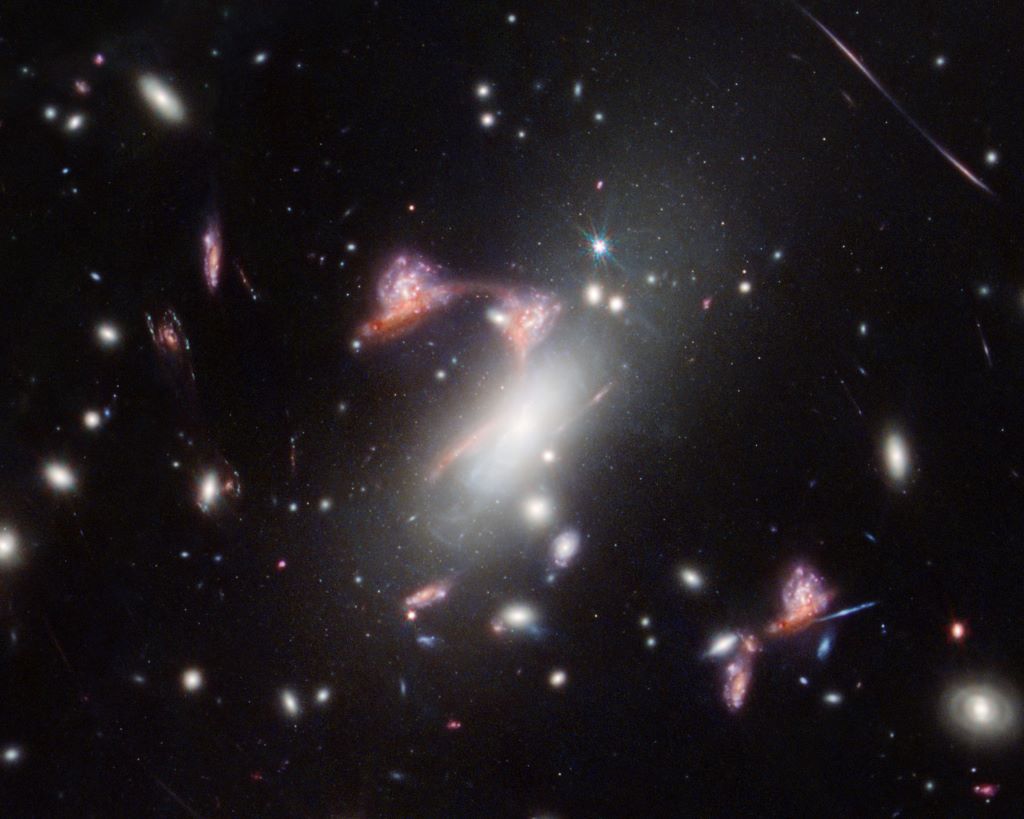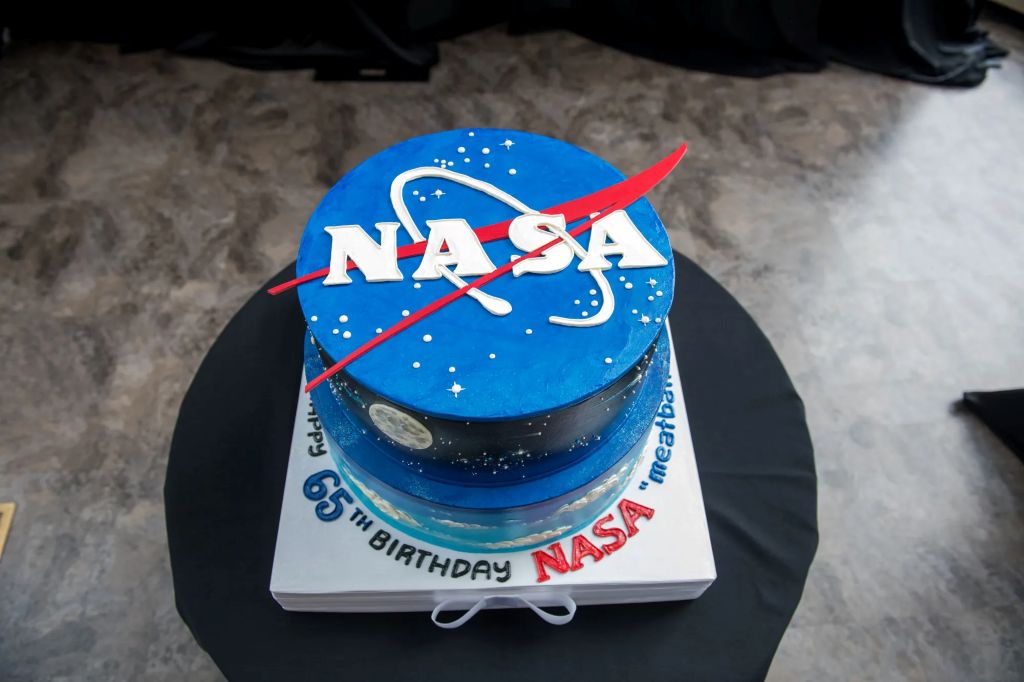NASA TV to Air Landsat 9 Launch, Prelaunch Activities

NASA will provide coverage of the upcoming prelaunch and launch activities for the Landsat 9 satellite, a joint NASA and U.S. Geological Survey (USGS) mission that will continue the legacy of monitoring Earth’s land and coastal regions that began with the first Landsat satellite in 1972.

Landsat 9 is scheduled to launch at 2:11 p.m. EDT (11:11 a.m. PDT) Monday, Sept. 27, on a United Launch Alliance (ULA) Atlas V 401 rocket from Space Launch Complex 3 at Vandenberg Space Force Base in California.
Live launch coverage will begin at 1:30 p.m. EDT (10:30 a.m. PDT), on NASA Television, the NASA app, and the agency’s website, with prelaunch and science briefings beginning Friday, Sept. 24.
Landsat 9 will join its sister satellite, Landsat 8, in orbit in collecting images from across the planet every eight days. This calibrated data will continue the Landsat program’s critical role in monitoring the health of Earth and helping people manage essential resources, including crops, irrigation water, and forests.
Images from Landsat 9 will be added to nearly 50 years of free and publicly available data from the mission – the longest data record of Earth’s landscapes taken from space. Landsat’s medium-resolution imaging capabilities allows researchers to harmonize the images to detect the footprint of human activities and their impact on our home planet over the decades.
Due to the coronavirus (COVID-19) pandemic, all media participation in news conferences will be remote. A phone bridge will be provided for each briefing.
Full mission coverage is as follows (all times Eastern):
Friday, Sept. 24
1 p.m. – Landsat 9 Science Briefing, with the following participants:
- Jeff Masek, Landsat 9 project scientist at NASA’s Goddard Space Flight Center
- Chris Crawford, Landsat 9 project scientist at USGS
- Inbal Becker-Reshef, director of NASA’s Harvest food security and agriculture program
- Del Jenstrom, Landsat 9 project manager at Goddard
- Brian Sauer, Landsat 9 project manager at USGS
- Sabrina Chapman, manager, system engineering, Northrop Grumman Space Systems
- Sarah Lipscy, deputy director, Ball Aerospace
This event is open to all with valid media credentials. Media who would like to ask questions during the science briefing must provide their name and affiliation by 4 p.m. EDT (1 p.m. PDT) Thursday, Sept. 23, to the Kennedy newsroom at: ksc-newsroom@mail.nasa.gov. Media may also ask questions via social media using #Landsat.
Saturday, Sept. 25
4 p.m. – Landsat 9 Prelaunch News Conference, with the following participants:
- Thomas Zurbuchen, associate administrator, NASA’s Science Mission Directorate
- Karen St. Germain, director, NASA’s Earth Science Division
- Tanya Trujillo, assistant secretary for water and science, U.S. Department of the Interior
- Michael Egan, Landsat program executive, NASA’s Earth Science Division
- Tim Dunn, launch director, NASA’s Launch Services Program
- Scott Messer, United Launch Alliance Program Manager, NASA Launch Services
- Capt. Addison Nichols, weather officer, Space Launch Delta 30
This event is open to all with valid media credentials. Media who would like to ask questions during the prelaunch briefing must provide their name and affiliation by 2:30 p.m. EDT (11:30 a.m. PDT) Friday, Sept. 24, to the Kennedy newsroom at: ksc-newsroom@mail.nasa.gov. Media may also ask questions via social media using #Landsat.
Monday, Sept. 27
1:30 p.m. – NASA TV live launch coverage begins
Audio only of the news conferences and launch coverage will be carried on the NASA “V” circuits, which may be accessed by dialing 321-867-1220, -1240, -1260 or -7135. On launch day, “mission audio,” the launch conductor’s countdown activities without NASA TV launch commentary, will be carried on 321-867-7135.
Interview requests
Members of the media looking for interviews on the Landsat 9 launch should submit a media request to Jake Richmond at: Jacob.a.richmond@nasa.gov. Goddard is coordinating all interview requests.
Public participation
Members of the public can register to attend the launch virtually. NASA’s virtual guest program for Landsat 9 includes curated launch resources, a behind-the-scenes look at the mission, and the opportunity for a virtual launch passport stamp following a successful launch. Print, fold, and get ready to fill your virtual guest launch passport.
Engage kids and students in virtual and hands-on activities that are both family-friendly and educational through Camp Landsat.
Virtual NASA Social
As we finalize launch preparations, we are excited to invite the public to join our virtual NASA Social @NASA_Landsat. Stay up to date on the latest mission activities, interact with NASA and USGS team members in real-time, and watch the launch of the ULA Atlas V rocket that will boost Landsat 9 for its journey into orbit #Landsat.
Watch and engage on social media
Stay connected with the mission on social media, and let people know you’re following it on Twitter, Facebook, and Instagram using the hashtag #Landsat and tag these accounts:
Twitter: @NASA, @NASAEarth, @NASA_Landsat, @NASASocial, @NASA_LSP, @NASA360, @SLDelta30
Facebook: NASA, NASA Earth, NASA LSP, SLDelta30
Instagram: NASA, NASAEarth, Vandenberg_AFB
NASA Goddard manages the Landsat 9 mission. Goddard teams also built and tested one of the two instruments on Landsat 9, the Thermal Infrared Sensor 2 (TIRS-2) instrument. TIRS-2 will use thermal imaging to make measurements that can be used to estimate soil moisture and detect the health of plants. The launch is managed by NASA’s Launch Services Program, based at the agency’s Kennedy Space Center in Florida.
The USGS Earth Resources Observation and Science Center in Sioux Falls, South Dakota, will operate the mission and manage the ground system, including maintaining the Landsat archive. Ball Aerospace in Boulder, Colorado, built and tested the Operational Land Imager 2 (OLI-2) instrument, another imaging sensor.
United Launch Alliance is the rocket provider for Landsat 9’s launch. Northrop Grumman in Gilbert, Arizona, built the Landsat 9 spacecraft, integrated the instruments, and tested the observatory.
For more information about Landsat, visit:
Para obtener información sobre cobertura en español en el Centro Espacial Kennedy o si desea solicitar entrevistas en español, comuníquese con Antonia Jaramillo 321-501-8425.





